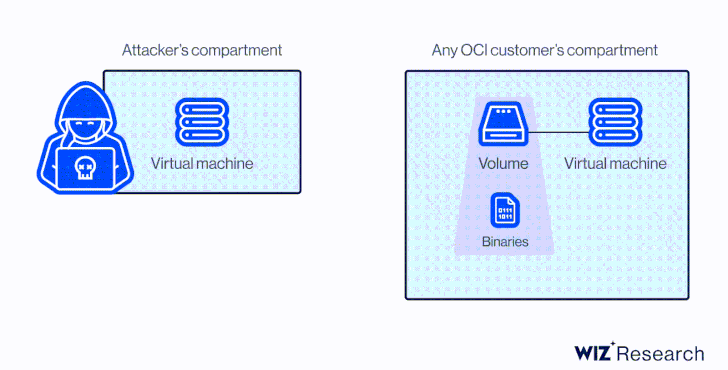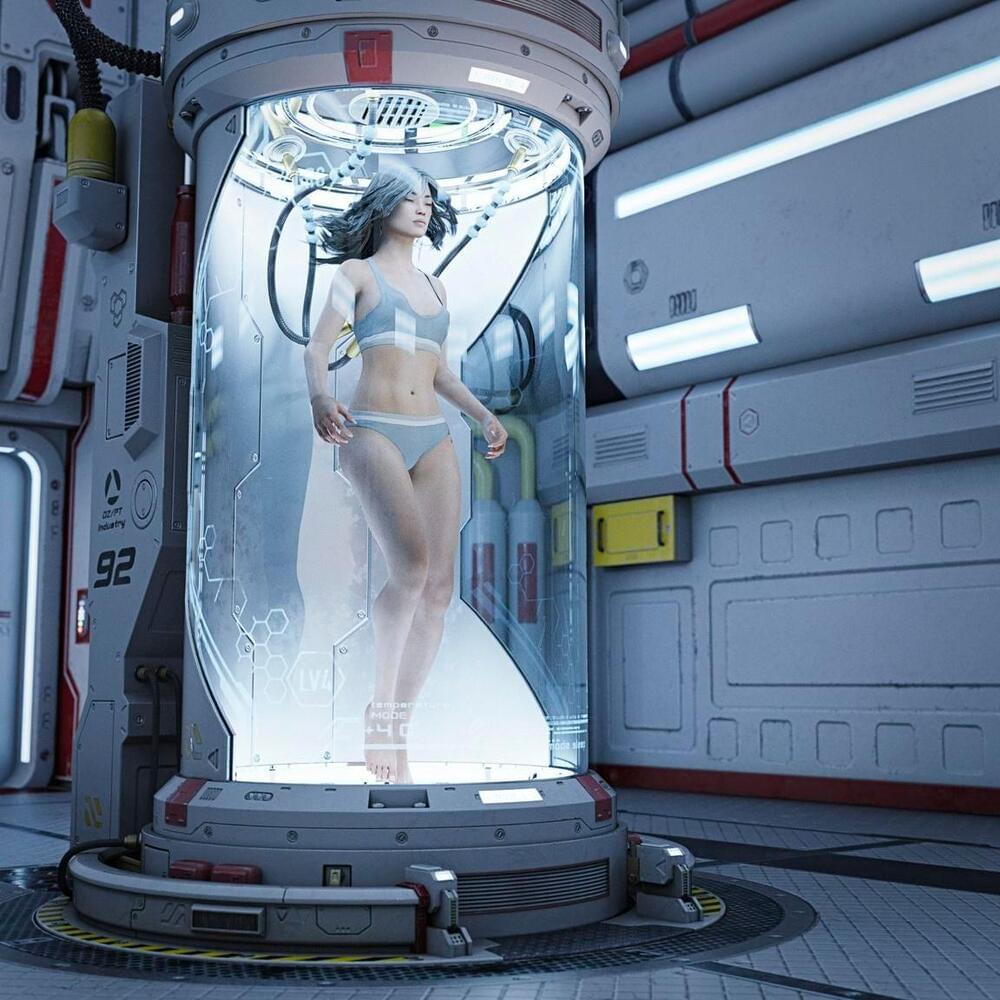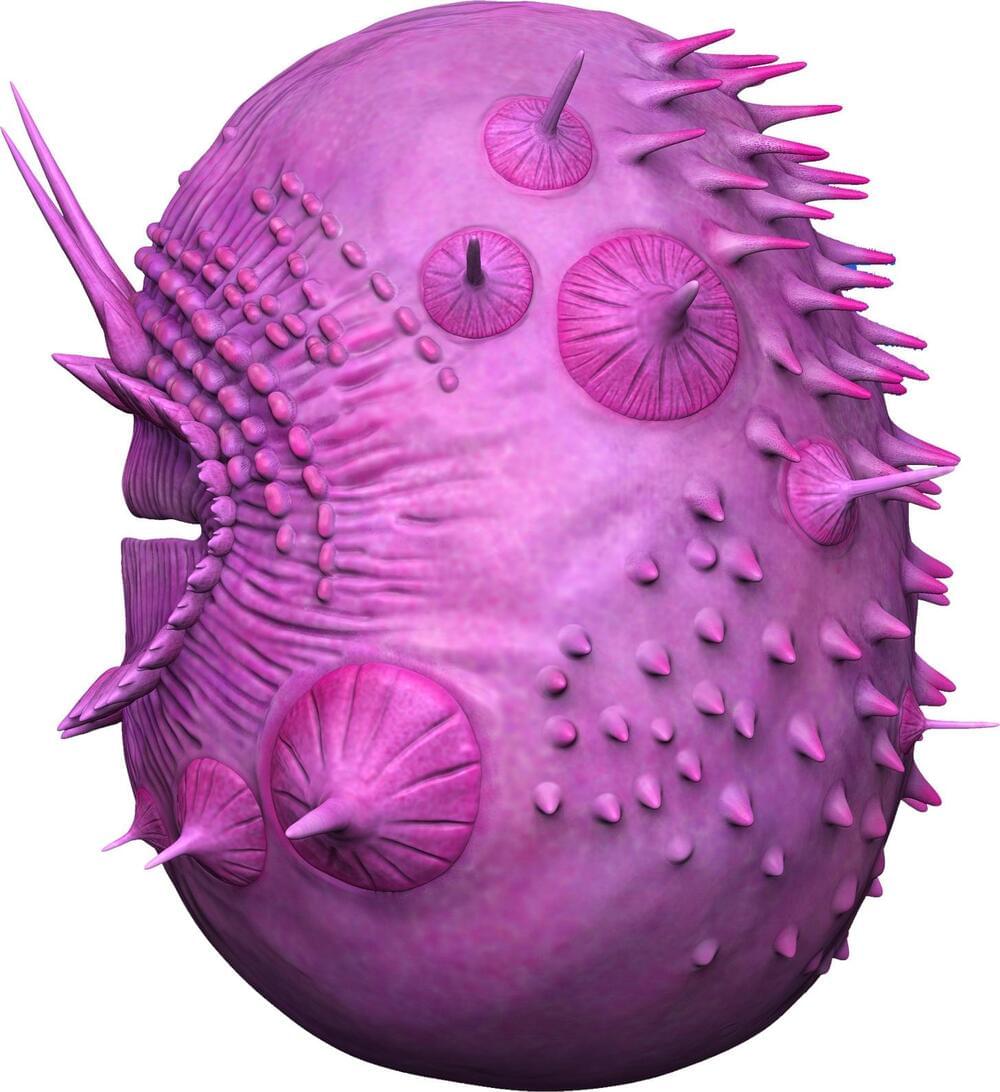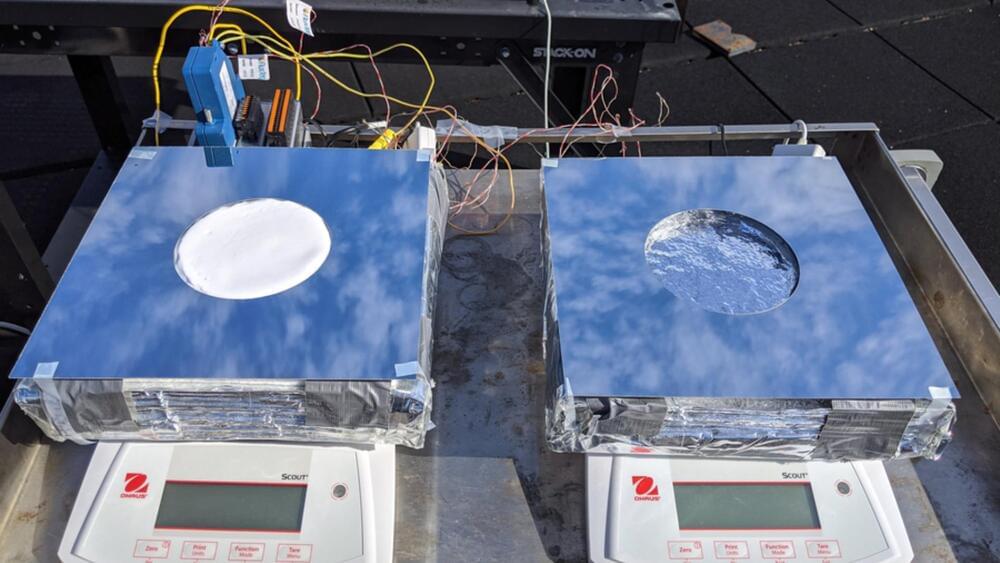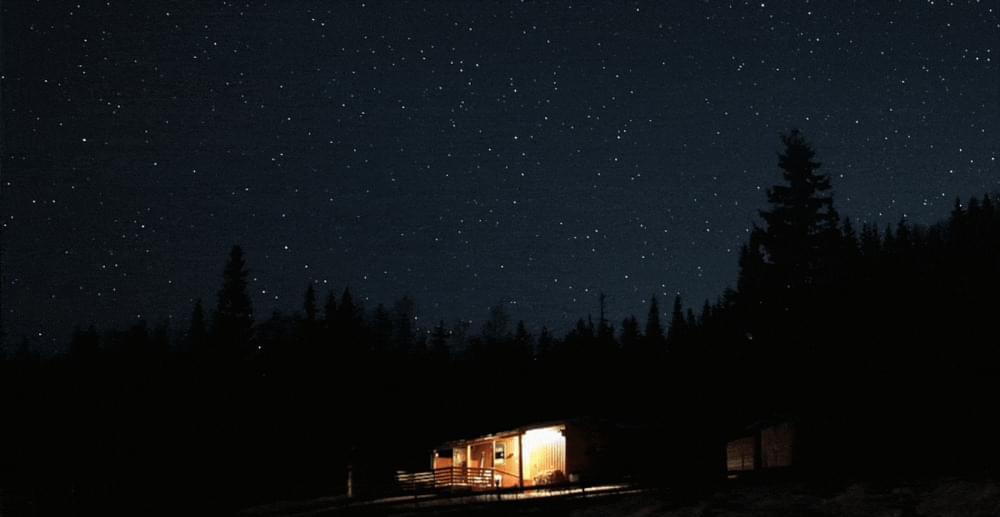It is one roadblock away from large-scale applications.
Researchers at the Massachusetts Insititute of Technology have further advanced the technology used to achieve passive cooling — a method that does not require electricity at all. In their recent attempts, the post-doctoral researcher Zhengmao Lu and his colleagues achieved passive cooling up to 19 degrees Fahrenheit (9.3 degrees Celsius), a university press release said.
The system combines two standalone passive cooling technologies that have been used previously and then added thermal insulation to provide significantly more cooling, which hasn’t been achieved before. Not only does the system free you up from having to dig a hole underground to make a fridge, but the only maintenance it would require is also the addition of water. The frequency of this would also depend on the humidity of the area. system combines two standalone passive cooling technologies that have been used previously and then added thermal insulation to provide significantly more cooling, which hasn’t been achieved before. Not only does the system free you up from having to dig a hole underground to make a fridge, but the only maintenance it would require is also the addition of water. The frequency of this would also depend on the humidity of the area.
